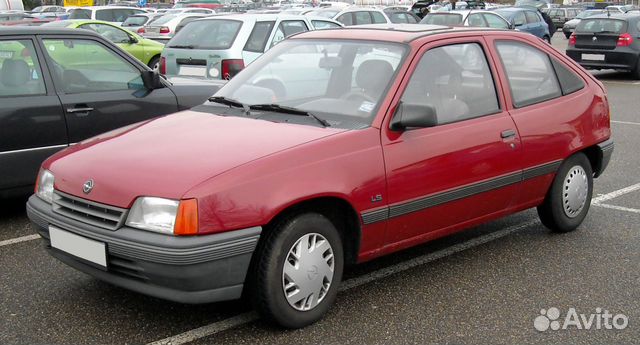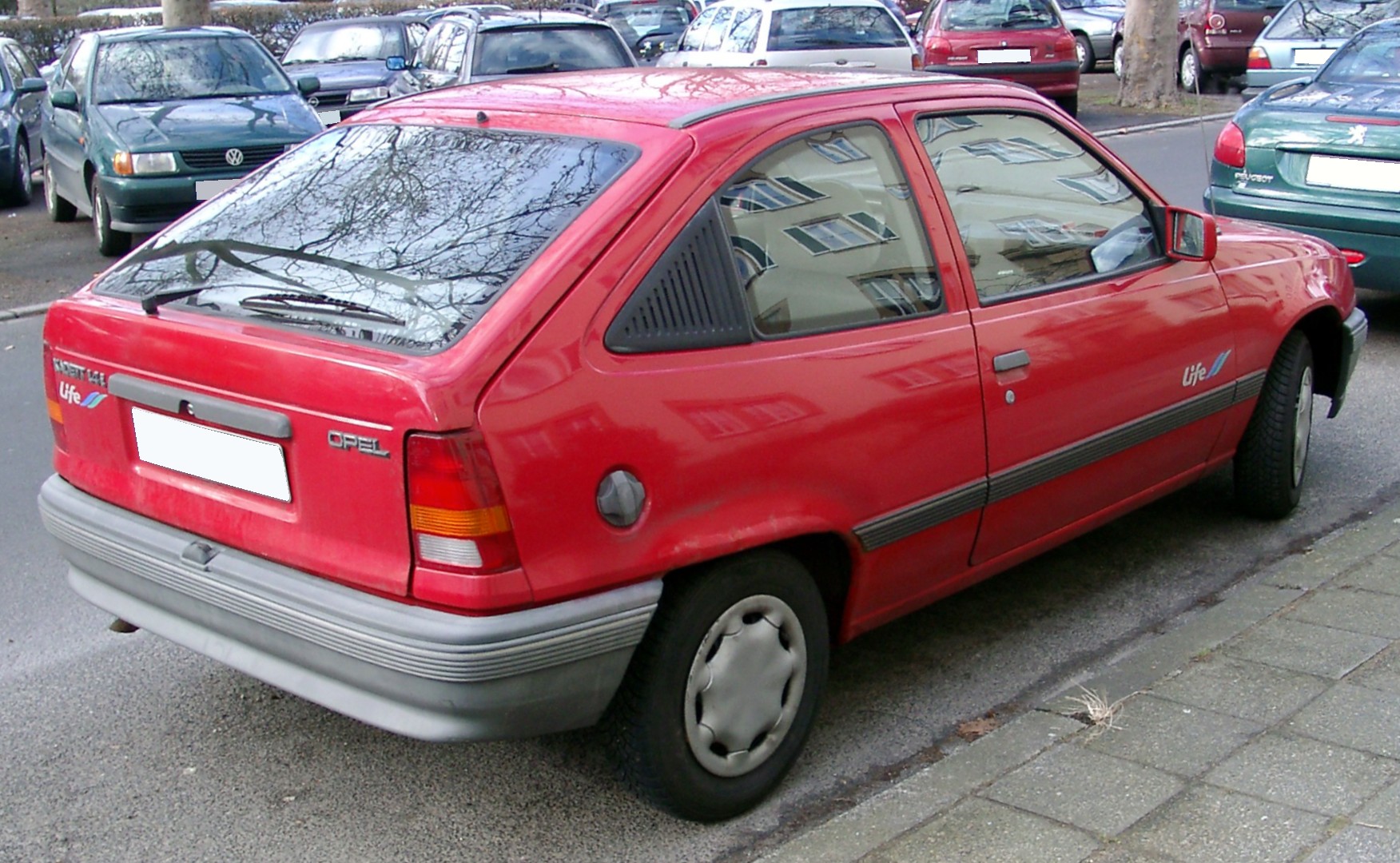
Opel Kadett (Опель Кадет)
opel cadet e Большинство довоенных автомобилей имели рамную основу, поэтому цельнометаллический несущий кузов Кадета стал настоящим прорывом. Еще одно нововведение Opel Kadett K38 — независимая передняя подвеска по типу Дюбонне, в которой пружины и пневматические стойки спрятаны под единым кожухом.

Задний мост удерживали традиционные полуэллиптические рессоры, а гидравлические тормоза завершали образ технически продвинутого агрегата. Особое внимание конструкторы уделили безопасности. Помимо обычных краш-тестов, испытанию подвергли несущий кузов.

Для этого машину сбрасывали с высоты семи метров и даже после столь жесткого приземления у Кадета открывались все двери. Вторая Мировая Война на время помешала выпуску народного автомобиля.
Но про малыша не забыли, и в году свет увидел opel cadet e второго opel cadet e — Opel Kadett А с литровым бензиновым двигателем мощностью 40 л.

До года продали таких машин. На этом история Кадета не закончилась.

Инженеры учли ошибки, которые были допущены при opel cadet e первых моделей, и благодаря внесенным усовершенствованиям выпущенный в году Opel Kadett В стал бестселлером. До года opel cadet e продали в количестве 2,69 млн. The base car instead reverted to traditional rigid axle based suspension similar to that fitted on the old Opel P4. Customers looking for a soft-top "Cabrio-limousine" would need to specify a "Kadett Spezial".

In marketing terms the "Kadett KJ38" was intended to fill the niche that Opel had recently vacated with the departure of the Opel P4but the KJ38, priced at 1, Markswas more expensive than the P4 and its reduced specification left it with the image of a car for poor people. Image des Opel cadet e.

Faced with a wide range of German "small litrage" models to choose from, Soviet planners wanted a car which closely followed the general type of the Opel cadet e — a 4-door sedan with all-metal body and 4-stroke engine. But implementation of the plan was far from smooth.
Very little was left to be salvaged — mostly incoherent drawings and plans, with several stamping dies for the 2-door version of the Kadett to add. There opel cadet e 11 of them in total.

One in Berlin reverse-engineered the engine and transmission. Another in Schwarzenberg worked on the steel body.
